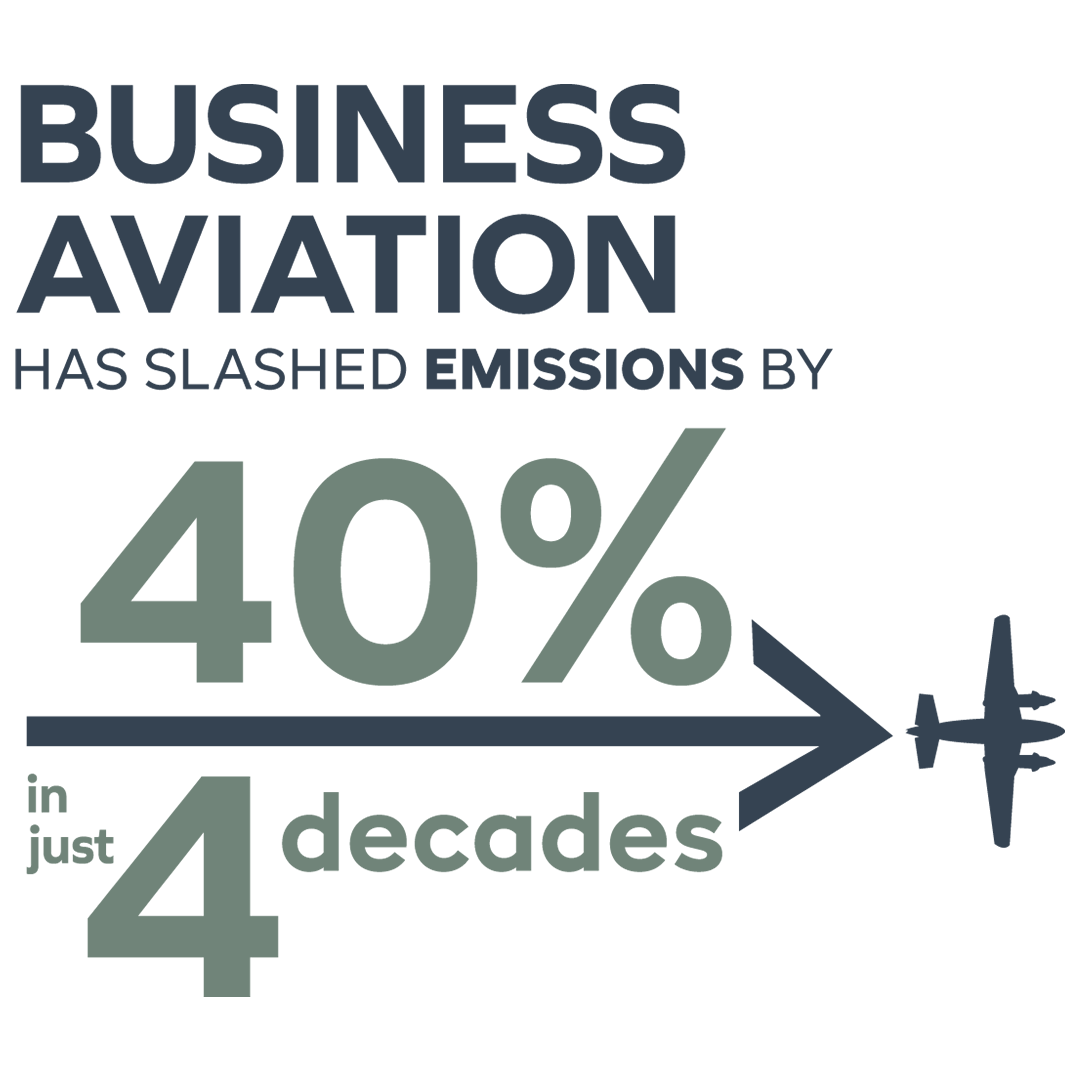
As business aviation continues to set its sights on reaching net-zero carbon emissions by 2050, Ampaire aims to commercialize hybrid electric technology – which it sees as perfect for business aviation, and the only viable route to cutting emissions through electric flight.
“Hybrid propulsion is ideal for business aviation missions,” said Ampaire CEO Kevin Noertker who co-founded the company with CTO Cory Combs in 2016. “It is the most broadly applicable, cost-effective and technically viable solution for scaling to meet vehicle performance and infrastructure challenges across the full spectrum of aircraft.”
The Los Angeles, CA-based company said hybrid electric technology can be deployed on any route, from any airport, potentially reshaping the future of aviation. Ampaire’s technology to retrofit Cessna Grand Caravans is expected to be FAA certified in 2025 and – when used with sustainable aviation fuel (SAF) – emissions can be reduced to nearly zero.
“A reduction in fuel burn of more than 50% could make a meaningful difference in the industry’s commitment to net-zero carbon emissions by 2050,” Noertker said.
“A reduction in fuel burn of more than 50% could make a meaningful difference in the industry’s commitment to net-zero carbon emissions by 2050.”
Kevin Noertker, CEO, Ampaire

CLIMBING. FAST.
That commitment to achieve net zero is supported by a unified partnership of business aviation stakeholders who launched the CLIMBING. FAST. advocacy campaign. Clearly, emerging hybrid electric propulsion systems have great potential to contribute to that goal.
Business aviation has a long track record of success in emissions reduction, having slashed carbon output by 40% in just four decades. Much of that success comes from the industry’s role as an incubator and early adopter of a host of sustainability innovations, including lighter airplane parts, drag-reducing winglets, satellite-based navigation systems and other carbon-cutting technologies.
In fact, today, each new generation of aircraft is up to 35% more efficient than its predecessor model.
‘We Actually Do It’
The Ampaire design is especially applicable to business aviation because the existing fleet of business aircraft – with many if not most powered by engine technology dating to the 1960s and even the 1950s – is readily convertible to the Ampaire Hybrid Drive™.
“We are not just visionary, but also pragmatic,” said Noertker. “We actually do it. We actually get the technology out there.”
“We actually do it. We actually get the technology out there.”
Kevin Noertker, CEO, Ampaire
Ampaire couples a state-of-the-art compression ignition engine with its own motors and power electronics, resulting in a driveline that’s fully compatible with existing airport infrastructure and is fully scalable for increasingly larger aircraft.
The aircraft’s AMP-H570 powertrain promises to offer even greater efficiencies as battery technologies improve, according to the company.
Ampaire’s drive is fully compatible with Jet A-equivalent SAF. The company has completed ground testing of e-fuel SAF from Dimensional Energy on its Eco Caravan test aircraft. Dimensional’s e-fuel SAF is made with carbon dioxide-rich industrial exhaust gas and water using solar- or wind-derived electricity. Feedstock supply and other issues related to conventional SAF production are eliminated.
Ampaire’s Eco Caravan powertrains are capable of 50% to 70% reduction in fuel and emissions as compared to conventional Pratt & Whitney PT6 turboprop engines typically found in Cessna Caravan turboprops, according to the company.
“We’ve flown more than 25,000 miles,” Noertker said. “We were the first in the world to fly silicon carbide converters.” SiC semiconductors perform at higher temperatures than conventional silicon semiconductors, allowing for more efficient and lightweight onboard electronics.

“We like the Prius analogy,” he said, noting that, like Toyota’s successful hybrid, Ampaire’s is a parallel hybrid – meaning its propulsion comes from both an electric motor and a fuel engine. Either can function alone: depending on conditions, a pilot might taxi on electric power, take off on dual power, and switch to the combustion engine for cruise.
Ampaire’s combustion engine of choice is the A03 V12 Jet-A from Germany’s RED Aircraft, a brand of Raikhlin Aircraft Engine Developments GmbH based in Adenau, Germany.
The 12-cylinder, 6.1-liter compression-ignition – aka diesel – A03 provides 550 horsepower (405 kilowatts) to the Ampaire driveline. It’s a modern design, boasting twice the thermodynamic efficiency of a comparable turboprop, according to Ampaire.
According to RED, the A03-powered Ampaire drive has slashed fuel consumption by 70% on shorter trips and 50% on longer ones.
Ampaire noted that design work on the Pratt & Whitney Canada PT6 turbine engine that powers thousands of today’s aircraft was begun in the late 1950s with the engine entering production in the early 1960s. Popular piston engines like Lycoming’s O-360 or Continental’s IO-360 likewise date from the mid-20th century.
Among the approximately 340,000 general aviation and regional aircraft in the world fleet, “there are only a few thousand new aircraft produced each year within these categories,” Noertker said. “The majority of the fleet therefore is decades old. It is estimated that the average age of the general aviation fleet in the U.S. is about 50 years.” This large, embedded fleet, he said, is ripe for Ampaire’s hybrid retrofits.
Looking to the Future
Ampaire’s primary focus is its ready-for-prime-time AMP-H570 Hybrid Drive™, but the company is also looking forward to the future of flight. In March, Ampaire announced acquisition of Silicon Valley-based Magpie Aviation, which is seeking to hasten electric aviation using innovative aero-towing designs. In 2023, Ampaire bought Los Angeles-based Talyn Air, a developer of all-electric eVTOL aircraft, which require no runways to take off.
“The addition of Magpie exemplifies our deliberate approach to integrating pivotal companies and assets on our path to accelerate our leadership in electrified aviation.”
Kevin Noertker, CEO, Ampaire
